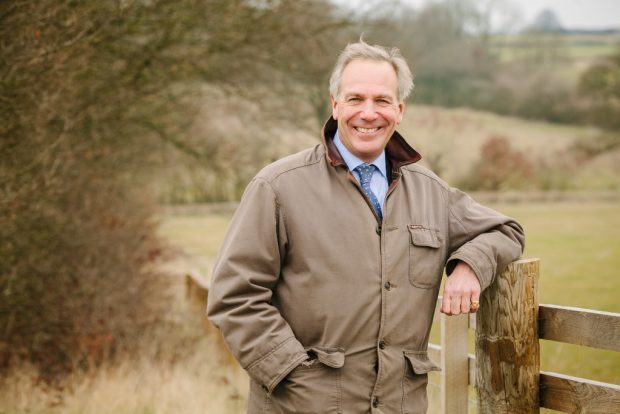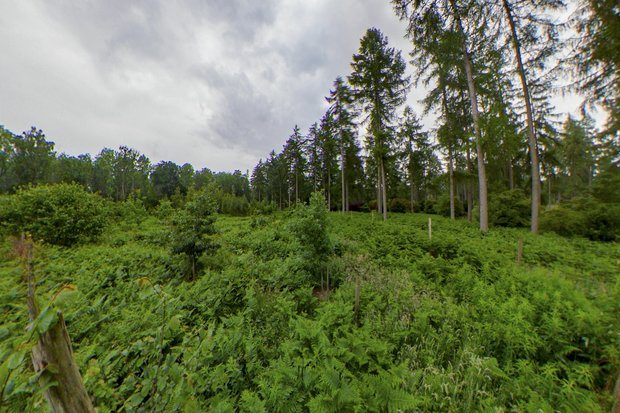
I am writing this blog exactly 100 years to the day after the Forestry Act was passed in Westminster on 1 September 1919. This milestone went on to establish the Forestry Commission, an organisation still thriving today, and their centenary gives us an excellent platform to plan for the next 100 years.
In the shadow of the First World War, the nation faced a monumental challenge to replant and restore our landscapes. With determination, hard work and careful planning, the UK’s tree cover has more than doubled over the last century.
Today, we’re facing different challenges with the climate emergency, the need to reduce emissions and threats posed by pathogens and pests. Once again, there is an urgent need to plant more trees.
In my role as the Government’s Tree Champion, I’ve been tasked with driving forward woodland creation. This includes progressing plans for the Northern Forest, protecting ancient woodland and supporting tree planting in urban areas.
The most important rule is to make sure we plant the right tree in the right place.
Creating resilient forests of the future
As well as increasing the number of trees planted, we need to make sure our forests are resilient. We can do this by planting a greater diversity of species, including a strong mix of broadleaf and conifers. At Westonbirt, the National Arboretum, trial species include Montpellier Maple and Vietnamese Golden Cypress, and at Thetford Forest, alternative conifers include Serbian Spruce and Western Red Cedar.
In some cases, it’s less about introducing entirely new species and instead sourcing seeds from further south. For the south of England, for example, that can mean planting seeds from parts of France. It’s essential, however, to follow robust biosecurity systems to prevent the arrival of more pests and diseases, which threaten plants, trees and the ecosystems they support.
In my own woods at Hovingham in North Yorkshire, we always plant trees in a mixture. In commercial plantations conifer are the principle mix of species, but we also plant a variety of hardwoods to complement them, which is important. We see it as risk management as well as landscape and environmental improvement. We also trial new species development and it is interesting to see how these trees perform.

A future of change
We need to think actively about the future of our landscapes, and not just assume they will be the same as in the past. Well designed woods can improve the environment and make the countryside look better.
In addition, we need people who have land available to think about whether it could be used to plant trees. That’s why I’m asking landowners to apply for the generous grants that are available to do just that. I am also raising the importance of using the new post-Brexit Environmental Land Management Scheme, when it becomes available in the mid-2020’s, to aid woodland management as we must get more of our woods into active management.
If we work together and grasp opportunities with both hands, we can turn England even greener, setting an example around the world and enhancing our countryside for future generations.
New blog posts are uploaded regularly so subscribe to receive updates by email and follow us on Twitter to join in further conversation and let us know other topics you would like us to write about.



1 comment
Comment by Guido Fawkes posted on
The loss of ash from the UK's woodlands and landscape is underway, and that needs work to replace with alternative species. Never mind possible climate change effects, and alien tree diseases being imported by accident on top of that. The effects are too great just to allow long term natural change to rectify, which will probably mean ash dominated woods and hedgerows becoming dominated by e.g. scrub sycamore, to be then destroyed by grey squirrels. We are the second biggest imported of timber in the World, so the need to grow more timber should not be in question. What is in question is the amount of land available to expand, management of existing woodlands and the necessary resources to manage them. That also includes government employing enough foresters and administrators of grants and felling licences etc, which it does not and does not pay market rates either, so future retention and recruitment is questionable. The whole project needs joined up thinking, skilled and experienced people, e.g. foresters and resources. It really is a major undertaking that is not adequately resourced at all and there are not enough foresters being retained and recruited in the UK anymore, due to the relatively poor employment prospects and pay on offer now for many foresters. The British govt eventually learnt its faults from the Crimean War in the 1850s on poor resourcing, planning and substandard treatment of its troops that led to the Cardwell reforms of 1867. Will the current govt learn from its under resourcing of woodlands and forestry in the 21st C?